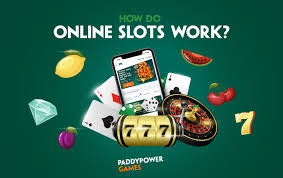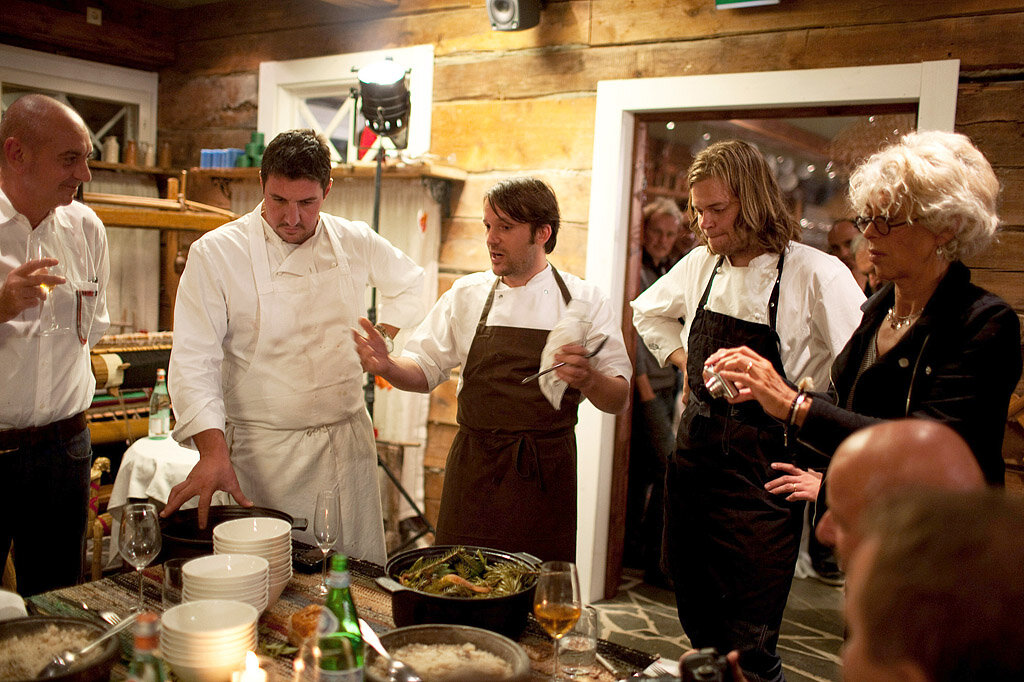The world of self publishing books has opened doors for writers who want to take control of their creative journey without waiting on traditional publishers. Whether you’re writing fiction, non-fiction, poetry, or even a niche guide, the option to self-publish gives you freedom over your work, ownership of your royalties, and the ability to connect directly with readers. But with that freedom comes responsibility—you’ll need to learn about formatting, cover design, distribution, and marketing if you want your book to stand out.
Why Self Publishing Is Growing
Over the past decade, self publishing has gone from a last-resort option to a respected and profitable path for authors. With platforms like Amazon Kindle Direct Publishing (KDP), IngramSpark, and Draft2Digital, independent authors can release professional-quality books worldwide. Readers no longer judge a book by who published it, but rather by its content, reviews, and presentation.
Key benefits of self publishing:
- Creative freedom: You own your vision, from cover design to pricing.
- Higher royalties: Platforms like KDP can pay up to 70% royalties, compared to 10–15% in traditional publishing.
- Faster time-to-market: No waiting months (or years) for publisher approval.
- Direct connection to readers: Build an audience through social media, email lists, and personal branding.
The Step-by-Step Process of Self Publishing Books
1. Write and Edit Your Manuscript
The foundation is your book. Write freely, but plan time for multiple drafts. Hiring a professional editor is strongly recommended. They’ll help refine grammar, flow, and structure so your work feels polished.
2. Format for Print and Digital
Formatting is about making your book readable across devices and print formats.
- For eBooks: Use tools like Kindle Create, Scrivener, or Vellum.
- For print: Stick to industry standards—fonts like Garamond or Times New Roman, proper margins, and consistent chapter breaks.
3. Design a Professional Cover
Your book cover is your first impression. A common mistake with self-published authors is using amateur designs. Invest in a professional designer or use tools like Canva Pro with templates, but make sure the design matches your genre.
4. Choose Your Publishing Platform
The top platforms include:
- Amazon KDP (most popular, wide reach, both eBook and print).
- IngramSpark (great for bookstores and libraries).
- Draft2Digital (simple distribution to multiple retailers).
Most authors use KDP as their primary platform, then expand distribution with others.
5. Set Pricing and Royalties
Pricing strategy can make or break your sales. Fiction eBooks typically sell between $2.99–$4.99, while non-fiction may go higher. Consider experimenting with promotions (like Kindle Countdown Deals) to boost visibility.
6. Publish and Distribute
Upload your manuscript, cover, and book description. Double-check metadata (title, keywords, categories) since they directly affect discoverability. Once approved, your book goes live within 24–72 hours.
7. Market Your Book
Publishing is only the start—marketing drives success. Strategies include:
- Building an author website to showcase your work.
- Social media promotion (TikTok “BookTok” is huge for authors).
- Email lists for long-term audience building.
- Book reviews on Amazon and Goodreads to build credibility.
- Paid ads on Amazon, Facebook, or BookBub for targeted reach.
Common Mistakes to Avoid in Self Publishing
- Skipping professional editing – Readers will notice errors instantly.
- Amateur cover design – Covers sell books, even more than blurbs.
- Wrong categories/keywords – This reduces your book’s chances of discovery.
- Overpricing – Competing with bestsellers at $14.99 won’t work for a new author.
- Ignoring marketing – Writing the book is only half the job.
FAQs About Self Publishing Books
1. How much does self publishing cost?
It can range from $100 to $2,000, depending on whether you pay for editing, cover design, and marketing. Platforms like Amazon KDP are free to upload.
2. Can self-published books become bestsellers?
Yes. Many independent authors have reached Amazon bestseller lists and even hit traditional bestseller rankings like USA Today.
3. Do I need an ISBN?
Amazon provides a free ISBN for print, but if you want full publishing rights outside Amazon, consider buying your own through Bowker.
4. How do I get book reviews?
Start with friends, beta readers, and book bloggers. Join author communities and use services like NetGalley. Always request honest reviews—never pay for fake ones.
5. Is self publishing better than traditional publishing?
It depends on your goals. Traditional publishing offers prestige and wider bookstore access but less creative control and lower royalties. Self publishing gives independence and higher profits but requires more effort.
Final Thoughts: Should You Self Publish?
Self publishing books is no longer just a backup plan—it’s a legitimate, powerful path for authors. The key to success is treating your book like a professional product. Invest in editing, design, and marketing to give readers a polished experience.
If you’re willing to learn the ropes and put in the work, self publishing can give you both creative satisfaction and financial reward. The journey may seem overwhelming at first, but once you release your first book, you’ll realize that the possibilities for your writing career are limitless.







